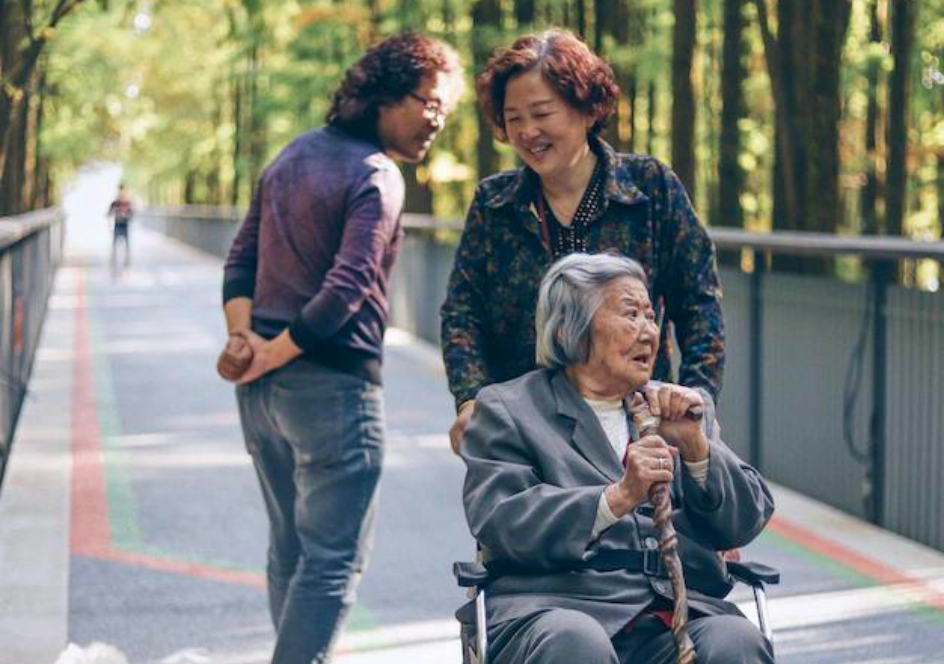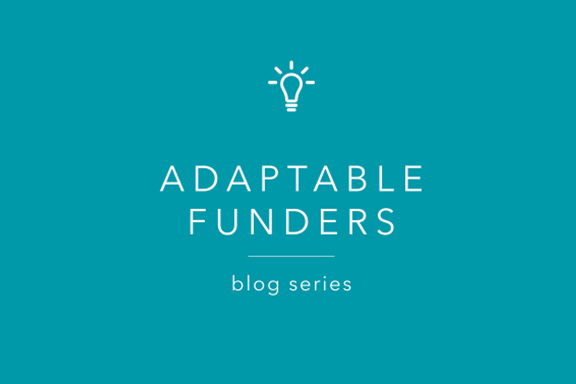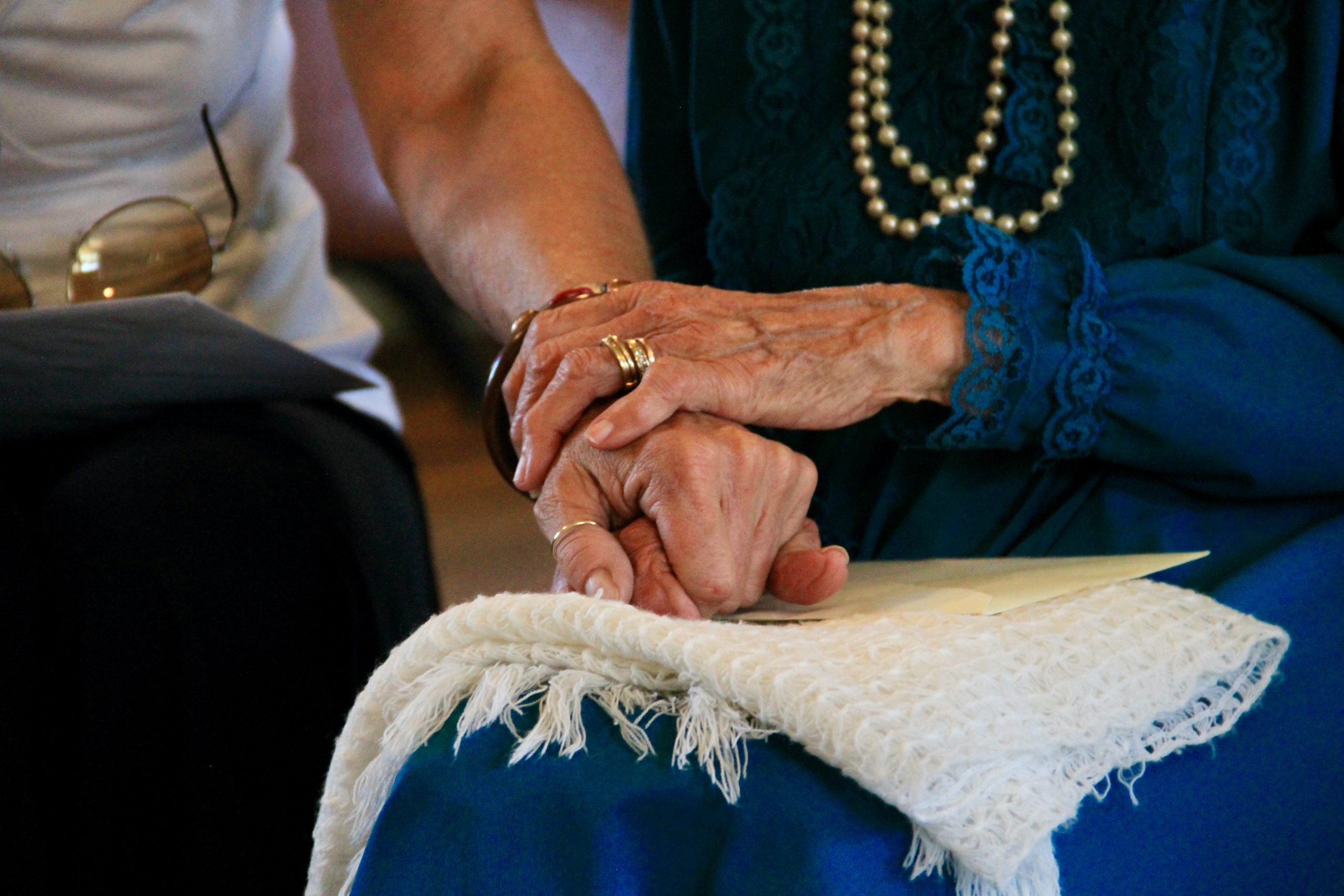
“There are only four kinds of people in the world – those who have been caregivers, those who are caregivers, those who will be caregivers, and those who will need caregivers.” – Former US First Lady Rosalynn Carter
Family caregivers are often unsung heroes at home and certainly are unsung heroes within our economy. More than 53 million Americans – 21% of the US population – are caregivers for loved ones who are older adults or adults living with chronic, disabling, or serious health conditions. Increasingly, the US health and long-term care systems rely on family caregivers. In 2017, family caregivers in the US provided a staggering 80% of long-term care, valued at $470 billion. Today, the value and volume of unpaid care is undoubtedly greater.
While most people are unaware of these astounding figures, family caregivers themselves, government, employers, corporate funders, and private philanthropy are starting to pay greater attention to supporting this significant part of the population. Philanthropy is emerging as a major and expanding source of innovation, advocacy, and support for family caregiving in the US.
Family caregiving is often a deeply rewarding experience, yet caregiving tasks can take a toll on caregiver’s physical, mental, and financial health, in addition to their retirement security, careers, social support networks, and thus their ability to keep their loved ones at home. The impact is especially great when the family member has complex health conditions with functional and cognitive impairments, such as a person with dementia.
During the COVID-19 pandemic, a caregiver mental health crisis emerged. In a June 2021 national study conducted by ARCHANGELS and the CDC Foundation, 70% of caregivers reported a current mental health issue and 33% reported recent suicidal thoughts. Rates were higher for family caregivers who are Black, Hispanic, and below age 44; have a high-intensity caregiving situation; or are concurrently caring for young children and older adult family members. For working caregivers, combining work in the labor force with unpaid work as a family caregiver often feels unsustainable.
Government and corporate support for family caregivers is increasing, particularly as employers struggle to retain workers and meet hiring needs. Policy advances to support caregivers have emerged, such as the Recognize, Assist, Include, Support and Engage (RAISE) Family Caregivers Act, the American Jobs Plan, and recent expansions in Medicare coverage that signal increased recognition and support for millions of family caregivers. In March 2022, the U.S. Equal Opportunity Employment Commission issued guidance warning employers not to discriminate against family caregivers – an indication that caregivers are becoming a recognized and protected workforce.
As with many issues, government and corporate support alone may not be enough to affect change – there is great opportunity for private funders to play a critical role. Today, funders invest in communications, advocacy, public policy research, program initiatives, and evaluation to support a range of strategies to advance family caregiving. This includes the critical work to advance policies and systems to better recognize and support the nation’s care economy in crisis after more than two years on the front lines of a global pandemic.
In just five years, Grantmakers in Aging’s Family Caregiver Funders Community has grown to more than 40 participating foundations nationwide. These funders are working to identify sustainable public and private solutions that reinforce the critical role and sustain the health, well-being, and effectiveness of family caregivers. For example, TPI recently engaged in work supporting the Ralph C. Wilson, Jr. Foundation, Health Foundation for Western and Central New York, and Ann Arbor Area Community Foundation to launch a large regional program called Exhale, The Family Caregiver Initiative. Exhale aims to reimagine respite using creative problem solving and elements of human-centered design to increase the range and supply of respite opportunities for family caregivers throughout Western New York and Washtenaw County, Michigan.
Through TPI’s work and conversations with funders investing in family caregiving (including the Ralph C. Wilson, Jr. Foundation and Health Foundation for Western and Central New York), we see short-term and longer-term philanthropic priorities that include:
- Accelerating recognition of, and support for, family caregivers.
- Identifying best practice for engaging family caregivers.
- Exploring and advancing strategies to support the diversity of caregiving experiences.
- Mainstreaming caregiving for older adults by better integrating older adult caregiving into the broader context of family caregiving.
- Eliminating silos by thinking beyond medical and social models of caregiving to see and support caregiving in the contexts of employment, economy, culture, and society.
- Demonstrating and sustaining new models of care that view the person and the family as a unit of care, integrate primary and long-term care, and incorporate explicit caregiver supports like respite opportunities for caregivers.
- Developing better communication, collaboration, and coordination with health care providers to support family caregivers as partners in care, particularly in areas like training caregivers in nursing tasks during transitions from hospital to home.
- Advancing caregiver-friendly workplace policies and programs through research and demonstration efforts to understand the impact of caregiving on work and the economic benefits of caregiver-friendly flexible workplace policies and paid family leave.
- Identifying through demonstration and advocacy efforts public and private reimbursement solutions for providers of family caregiving support services.
- Exploring ways to increase caregiving capacity and supply, including roles for volunteers.
This is a critical time for philanthropy and policymakers to prioritize and invest in family caregivers. Our nation’s health and long-term care systems increasingly rely on caregivers. Simultaneously, our economy needs these caregivers in the workforce. Given the aging of the Baby Boomers, longer life expectancies for persons with chronic and disabling conditions, and older adults’ preference for home and community-based living, the need for caregivers will only increase. By 2050, it is estimated that the supply of family caregivers will not keep up with demand. And without doubt, to return to the words of our former First Lady and founder of the Rosalynn Carter Institute for Caregiving, demographics do indeed reveal that odds are, at some point in our lives, each of us will be a caregiver to an older adult close to us who needs help with daily living.

